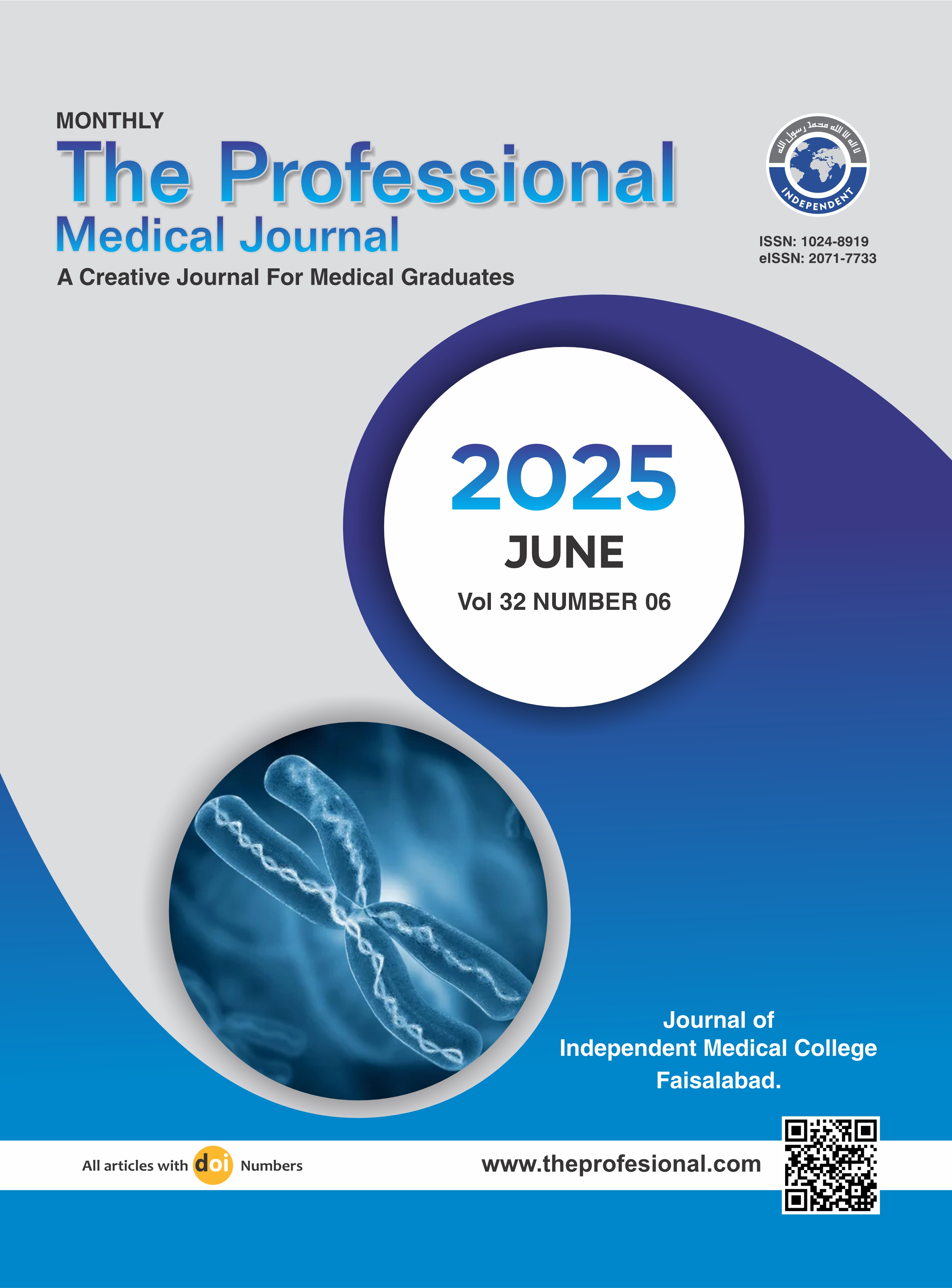Biochemical abnormalities and its correlation with outcome of diabetic ketoacidosis in children.
DOI:
https://doi.org/10.29309/TPMJ/2025.32.06.9113Keywords:
Blood Urea Nitrogen, Diabetic Ketoacidosis, Electrolytes, Serum Creatinine, VomitingAbstract
Objective: To determine biochemical abnormalities and its correlation with outcome of diabetic ketoacidosis (DKA) in children requiring hospital admission. Study Design: Cross-sectional study. Setting: Department of Pediatric Intensive Care Unit and Endocrinology, National Institute of Child Health, Karachi, Pakistan. Period: 29th August 2024 to 30th January 2025. Methods: A total of 209 children of either gender, aged 1 to 16 years, diagnosed with DKA, and requiring hospital admission were analyzed. At the time of admission, domographics, along with presenting symptoms and features were noted. Necessary laboratory investigations were carried out based on the hospital protocol and common biochemical abnormalities like electrolyte abnormalities, abnormal serum creatinine, blood urea nitrogen (BUN), and osmolality level were noted. Results: In a total of 209 children admitted with DKA, 120 (57.4%) were female. The mean age was 10.12±3.56 years. Electrolyte abnormalities were documented in 149 (71.3%) patients. Newly diagnosed T1DM (p=0.018) was found to have significant association with electrolyte abnormality. Abnormal serum creatinine was identified in 16 (7.7%) patients, and associated with altered consciousness (p<0.001), lethargy (p=0.010), and mortality (p=0.016). Abnormal BUN was identified in 33 (15.8%) patients, and associated with abdominal pain (p<0.001), difficulty in breathing (p<0.001), fever (p=0.011), vomiting (p=0.027), DKA severity (p=0.001), and mortality (p=0.001). Abnormal osmolality level was identified in 170 (81.3%) patients, and associated with polydipsia (p=0.039), vomiting (p=0.038), and DKA severity (p=0.009). Conclusion: Our study highlights the high prevalence of biochemical abnormalities in children with DKA and their significant correlation with disease severity and outcomes.
Downloads
Published
Issue
Section
License
Copyright (c) 2025 The Professional Medical Journal

This work is licensed under a Creative Commons Attribution-NonCommercial 4.0 International License.


